Home>Furniture>Outdoor Furniture>How To Design A Patio
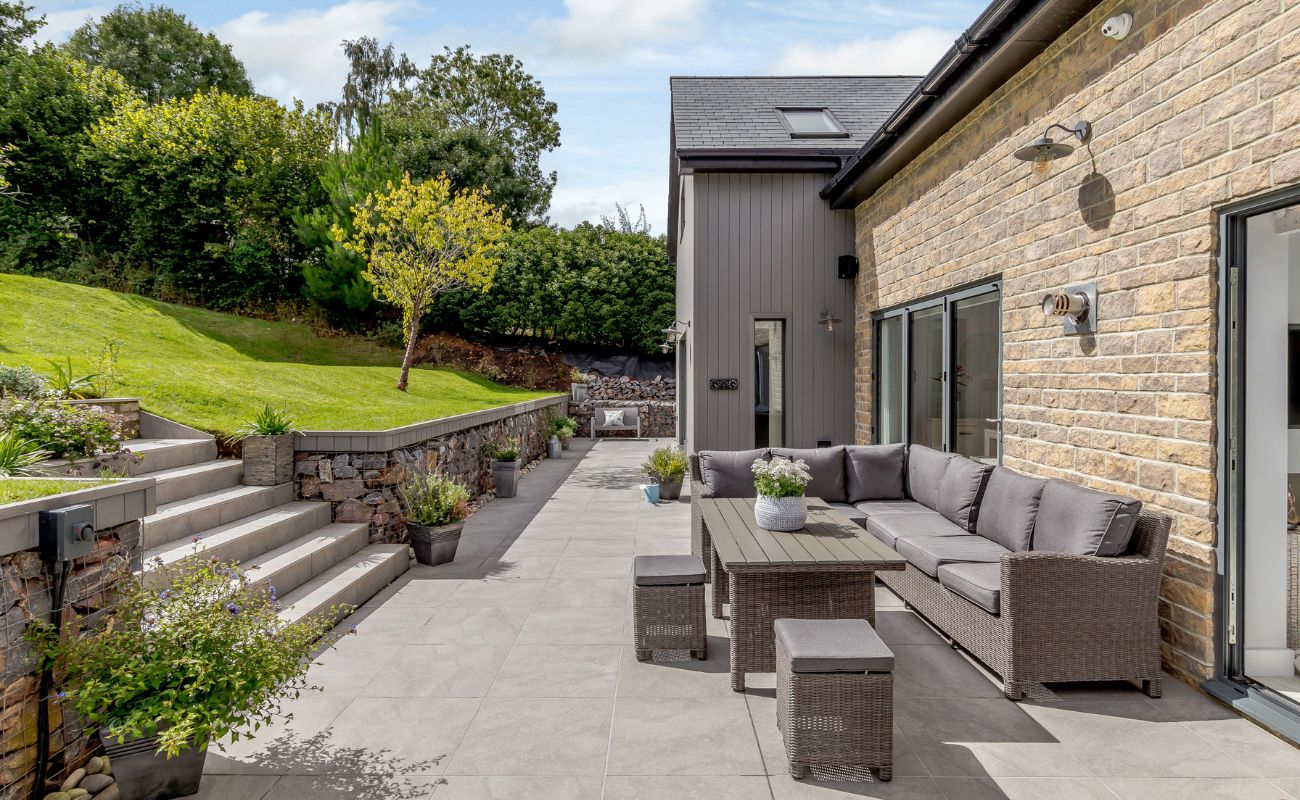

Outdoor Furniture
How To Design A Patio
Modified: October 20, 2024
Learn how to design the perfect patio with our expert tips and advice. Discover the best outdoor furniture options for creating a stylish and functional outdoor space.
(Many of the links in this article redirect to a specific reviewed product. Your purchase of these products through affiliate links helps to generate commission for Storables.com, at no extra cost. Learn more)
Introduction
Designing a patio is an exciting project that can transform your outdoor space into a functional and inviting area for relaxation, entertainment, and quality time with friends and family. Whether you have a small balcony or a spacious backyard, a well-designed patio can enhance the aesthetics of your home and create a cozy outdoor oasis.
When it comes to designing a patio, there are several important factors to consider, from the purpose of the space to the choice of materials and layout. By following a step-by-step approach, you can ensure that your patio reflects your personal style, meets your specific needs, and blends seamlessly with your existing outdoor environment.
In this article, we will guide you through the process of designing a patio, covering everything from initial planning to the final touches. So, let’s dive in and discover how you can create a stunning patio that complements your lifestyle and enhances your outdoor living experience.
Key Takeaways:
- Designing a patio involves determining its purpose, choosing the right location, and selecting materials that suit your style and climate. Planning the layout, adding plants, and incorporating lighting and decor create a functional and inviting outdoor space.
- Hiring professionals, if needed, and determining a budget are essential steps in creating a stunning patio. By infusing your creativity and personal touch, you can design a unique outdoor retreat that brings joy and relaxation.
Read more: 24 Patio Perk-Ups
Step 1: Determine the Purpose of Your Patio
The first step in designing a patio is to determine its purpose. Ask yourself how you intend to use the space and what activities you envision taking place. Are you looking for a serene retreat where you can unwind after a long day? Or do you plan to host outdoor gatherings and dinner parties? Understanding the primary function of your patio will help you make informed decisions throughout the design process.
Consider your lifestyle and the needs of your household. If you have children or pets, you may want to create spaces for them to play or relax. If you’re an avid gardener, you might want to incorporate space for potted plants or a small herb garden. By identifying the purpose of your patio, you can tailor the design to suit your specific requirements.
Additionally, think about the climate in your region. If you live in an area with hot summers, you may want to incorporate shading solutions like pergolas or umbrellas. In colder climates, you might consider adding elements such as a fire pit or an outdoor heating system to extend the usability of your patio throughout the year.
Once you have a clear understanding of the purpose of your patio, you can move on to the next steps in the design process, keeping your goals and desired functionality in mind.
Step 2: Choose the Right Location
One of the most crucial decisions in designing a patio is selecting the right location. The location will not only impact the accessibility and functionality of your patio but also influence the overall aesthetics of your outdoor space.
Start by evaluating your outdoor area and determining where the patio will best fit. Take into consideration factors such as sunlight exposure, privacy, and views. You may want to position your patio in an area that receives ample sunlight if you enjoy soaking up the rays or growing sun-loving plants. On the other hand, if privacy is a concern, you might opt for a location that is shielded by trees, shrubs, or a fence.
In addition to sunlight and privacy, think about the surroundings of your proposed patio location. Would you like to enjoy beautiful views while sitting on your patio? Consider orienting the patio towards a scenic landscape, like a garden, pool, or natural feature. Alternatively, you may want your patio to be closer to the house for seamless indoor-outdoor flow.
It’s also important to assess the practicality of the location. Ensure that it is easily accessible and doesn’t obstruct any walkways or other areas of your yard. Take into account the distance from your kitchen or dining area if you plan to use the patio for outdoor cooking and dining.
Once you have identified a potential location, mark it out on the ground using string or spray paint to visualize the size and shape of your patio. This will help you determine if it fits well within your outdoor space and aligns with the overall layout of your property.
By carefully selecting the right location for your patio, you can create a harmonious and functional outdoor area that enhances your enjoyment of the space.
Step 3: Measure and Assess the Space
Now that you have determined the purpose and selected the location for your patio, it’s time to measure and assess the available space. This step is crucial in ensuring that the patio design fits seamlessly into your outdoor area.
Begin by taking accurate measurements of the designated patio area. Use a measuring tape to determine the length and width of the space. Take note of any irregularities or obstacles like trees, utilities, or existing structures that might impact the design and layout.
Next, assess the terrain and levelness of the area. Is the ground flat or does it slope? Understanding the topography of the space will help you plan for any necessary leveling or grading that may be required. It’s also important to consider drainage to prevent water pooling on your patio. If necessary, consult with a professional to ensure proper drainage and leveling of the area.
Take into account any existing landscape features that you want to preserve or incorporate into your patio design. For instance, if you have a mature tree that provides shade and adds character to your outdoor space, you may want to design your patio around it instead of removing it.
Additionally, consider how the patio will connect to your home. Assess the existing doors or windows that will serve as access points and determine if any modifications are needed. Remember to leave enough space for walkways or pathways leading to and from the patio.
Once you have measured and assessed the space, you can proceed to the next step of selecting materials and planning the layout and design of your patio.
Step 4: Select the Materials
The materials you choose for your patio will not only determine its aesthetic appeal but also its durability and maintenance requirements. When selecting materials, it’s important to consider factors such as weather conditions, usage, and personal preferences.
One of the most common and versatile choices for patio flooring is natural stone, such as slate, limestone, or travertine. Natural stone offers a timeless and elegant look and can withstand a range of weather conditions. Alternatively, you can opt for concrete pavers, which come in various shapes, sizes, and colors, allowing for customization and creativity in your patio design.
If you prefer a more organic and rustic look, consider using wood or composite decking materials. Wood decking, like cedar or redwood, adds warmth and natural beauty to your patio. Composite decking, on the other hand, is a low-maintenance alternative that mimics the appearance of wood while being resistant to rot, insects, and fading.
For those seeking a contemporary and modern look, consider using porcelain or ceramic tiles. These materials offer a sleek and stylish appearance and come in a wide range of colors and patterns. However, keep in mind that tiles may require more upkeep and regular cleaning to maintain their pristine look.
In addition to flooring materials, think about the materials for your patio furniture and accessories. Whether you prefer the durability and low maintenance of aluminum, the warmth and natural beauty of wood, or the sleekness of wrought iron, choose materials that align with your desired aesthetic and fit well with the overall theme of your patio.
Remember to consider the longevity and resistance of the materials to the elements. Opt for materials that can withstand the local climate’s temperature changes, moisture levels, and other environmental factors. This will ensure that your patio remains in good condition and requires minimal repairs or replacements over time.
By carefully selecting the right materials for your patio, you can create a space that is not only visually appealing but also functional and long-lasting.
Step 5: Plan the Layout and Design
Planning the layout and design of your patio is an exciting step that allows you to bring your vision to life. Consider how you want to use the space and create zones for different activities, such as dining, lounging, or gardening.
Start by sketching out a rough layout of your patio, taking into account the measurements and shape of the area. Experiment with different configurations and placements of furniture, plants, and other elements to find the most functional and visually pleasing arrangement.
Consider the flow and circulation within the patio space. Ensure that there is enough room for movement and that furniture placement takes into account factors such as access to doors, windows, and walkways. Leave ample space for seating and allow for comfortable movement between different areas of the patio.
Think about the orientation of your patio. Position seating areas such as outdoor sofas or dining tables in areas that take advantage of shade or scenic views. You may want to consider creating designated areas with privacy screens, pergolas, or plantings to define different zones.
Furthermore, consider incorporating focal points and visual interest into your patio design. This could be a stunning piece of outdoor artwork, a water feature, or a fire pit. These elements can enhance the ambiance of your patio and create a captivating focal point for your outdoor gatherings.
As you plan the layout and design, keep in mind the overall style and theme you want to achieve. Whether you prefer a contemporary, rustic, or tropical look, select furniture, accessories, and materials that align with your desired aesthetic. Harmonize color schemes, textures, and patterns to create a cohesive and inviting outdoor space.
Finally, pay attention to the comfort and functionality of the patio. Ensure that seating is comfortable and suitable for the activities you plan to engage in. Incorporate storage solutions for items like cushions, outdoor games, and gardening tools to keep the area tidy and organized.
By carefully planning the layout and design of your patio, you can create a visually appealing and functional outdoor space that reflects your personal style and provides a comfortable and inviting atmosphere for outdoor living.
When designing a patio, consider the layout and flow of the space. Plan for different areas such as dining, lounging, and cooking to make the most of the space. Also, think about the materials and furniture that will withstand outdoor conditions.
Step 6: Consider Seating and Furniture
Choosing the right seating and furniture for your patio is essential to create a comfortable and inviting outdoor space. The options are endless, so consider your needs, style preferences, and the available space when selecting the perfect seating and furniture pieces.
Start by determining how many people you plan to accommodate on your patio. If you frequently host large gatherings, consider opting for a dining set with a spacious table and enough chairs to accommodate your guests. Alternatively, if your patio is smaller or you prefer a more intimate setting, a cozy bistro set or a sectional sofa may be more suitable.
Take into account the material of the furniture and its durability. Common options include aluminum, wrought iron, wood, and resin wicker. Each material has its own advantages, such as weather resistance, durability, and ease of maintenance. Choose materials that are suitable for your local climate and that match the overall style of your patio.
Consider the comfort of the seating options. Look for cushions and upholstery that are weather-resistant and easy to clean. Thick cushions with durable, fade-resistant fabrics can provide both comfort and style to your outdoor space. Also, think about adding umbrellas or canopies for shade and protection from the sun’s rays.
When selecting furniture, think beyond seating. Consider additional features such as side tables for drinks and snacks, storage solutions for cushions or outdoor accessories, and even outdoor cooking appliances if you plan to have a grill or outdoor kitchen area.
Don’t be afraid to mix and match different furniture pieces to create a unique and personalized patio style. Consider integrating accent chairs, ottomans, benches, or even hammocks for a touch of relaxation and versatility.
Remember to leave enough space for movement and flow within your patio area. Allow for comfortable walking and seating arrangements, and ensure that furniture placement does not obstruct access to doors, pathways, or other areas of your outdoor space.
By carefully considering seating and furniture options, you can create a functional and inviting patio that meets your needs and reflects your personal style.
Step 7: Incorporate Lighting and Decorative Elements
Lighting and decorative elements play a crucial role in creating an atmosphere and adding personality to your patio. They can transform a simple outdoor space into a captivating and inviting area, even after the sun goes down.
Start by considering the type of lighting that will best suit your patio and its intended use. There are various options to choose from, including string lights, lanterns, spotlights, and wall-mounted fixtures. Prioritize both functional lighting, such as overhead lighting for dining areas and pathways, as well as ambient lighting to create a warm and inviting ambiance.
String lights are a popular choice for patio lighting as they add a whimsical and festive touch. They can be hung along the edges of the patio, across pergolas or umbrellas, or even wrapped around trees or plants to create a magical atmosphere. Alternatively, lanterns and candles can create a cozy and intimate ambiance, particularly when placed on tables or around seating areas.
Incorporate lighting solutions that are weather-resistant and designed for outdoor use to ensure their longevity and safety. Consider energy-efficient options such as LED lights, which are not only eco-friendly but also provide long-lasting and cost-effective illumination.
Decorative elements can further enhance the visual appeal of your patio. Consider adding outdoor rugs to define different seating areas or to create a cozy and inviting feel. Incorporate throw pillows and cushions in vibrant colors, patterns, and textures to add comfort and style to your furniture.
Plants and greenery are another fantastic way to decorate your patio and bring life to the space. Use potted plants, hanging baskets, or vertical gardens to add pops of color and create a lush and vibrant atmosphere. Choose plants that are suitable for your climate and that will thrive in the available sunlight conditions.
Other decorative elements to consider include outdoor artwork, sculptures, or even a water feature. These elements can serve as focal points and add a unique touch to your patio. Choose pieces that resonate with your personal style and complement the overall design and theme of your outdoor space.
By incorporating lighting and decorative elements, you can create a visually appealing and inviting patio that reflects your personality and enhances your outdoor living experience.
Step 8: Add Plants and Greenery
Adding plants and greenery to your patio can breathe life into the space and create a refreshing and vibrant atmosphere. Whether you have a green thumb or not, incorporating plants is a fantastic way to bring a sense of nature and tranquility to your outdoor area.
Start by assessing the amount of sunlight your patio receives throughout the day. This will help you determine the types of plants that will thrive in your specific environment. Some plants require full sunlight, while others prefer more shade. Be mindful of the conditions and select plants accordingly.
Consider incorporating a mix of potted plants, hanging baskets, and vertical gardens to create layers of greenery. This will add depth and visual interest to your patio. Look for plants with different shapes, sizes, and textures to create a diverse and balanced aesthetic.
Choose plants that are suitable for your climate and that require low maintenance if you’re not an experienced gardener. Succulents and cacti are popular choices for patio gardens as they are drought-tolerant and easy to care for. Herbs, such as basil, rosemary, or mint, can also be a practical addition, providing fresh ingredients for cooking.
Consider vertical gardening options if you have limited space. Vertical gardens utilize wall space or trellises to grow plants vertically, which can be a great solution for smaller patios. Vertical gardens not only maximize space, but they also create a stunning visual display.
Incorporate planters of various shapes and sizes to add versatility and creativity to your patio. You can use colorful ceramic pots, rustic wooden crates, or even repurpose old containers for a unique look. Hanging baskets can be placed from hooks or pergolas to add a touch of elegance and drama.
To create a cohesive look, select plants that complement the overall design and style of your patio. Consider color schemes and choose plants whose foliage or blooms harmonize with the surrounding furniture and decorative elements.
Remember to water and care for your plants regularly to ensure their health and longevity. Create a watering schedule and monitor their growth to make adjustments as needed. Incorporate fertilizers or organic soil amendments to provide nutrients and promote healthy plant growth.
By adding plants and greenery to your patio, you can create an oasis of calm and beauty. Whether you choose lush tropical plants, vibrant flowers, or simple greenery, the addition of plants will undoubtedly enhance the ambiance and bring a refreshing touch to your outdoor space.
Read more: DIY Guide To Installing A Brick Patio
Step 9: Determine the Budget
Determining the budget for your patio project is an essential step to ensure that you stay within your financial means while still achieving your desired results. Knowing your budget upfront will help you make informed decisions when it comes to materials, furniture, and other elements of your patio design.
Start by assessing your overall financial situation and determining how much you are willing to allocate towards your patio project. Consider factors such as your income, expenses, and any other ongoing home improvement projects that may impact your available funds.
Next, break down your budget into different categories, such as materials, furniture, lighting, and any additional decorative elements you wish to include. Research the costs of various materials and products, and allocate appropriate amounts for each category based on your priorities and preferences.
Keep in mind that it’s essential to leave some room in your budget for unexpected expenses or contingencies that may arise during the construction or implementation of your patio design. Planning for a buffer will help alleviate any financial stress that may occur if costs exceed your initial estimations.
If your budget is limited, consider alternative options to achieve your desired patio design. For example, you may choose more affordable materials or opt for second-hand furniture or decorative pieces. DIY projects can also help minimize costs, especially if you have some handy skills or are willing to put in the time and effort to complete tasks yourself.
Consulting with professionals, such as designers or contractors, can also help you determine a realistic budget and offer advice on cost-saving measures without compromising on quality or design. They may be able to suggest more affordable alternatives or provide insights on where to source materials and products at lower prices.
Remember that your patio project doesn’t need to be completed all at once. You can plan it in phases, completing one portion at a time as your budget allows. This approach gives you the flexibility to spread out costs over time and make adjustments along the way.
By determining a budget for your patio project, you can make informed decisions and create a stunning outdoor space while maintaining financial stability and staying within your means.
Step 10: Hire Professionals (If Needed)
When designing and creating your patio, you may decide to hire professionals to help bring your vision to life. Hiring professionals can be beneficial if you lack the expertise, time, or tools necessary for certain aspects of the project. Here are some considerations when deciding whether to hire professionals:
1. Assess your skill level: Be honest with yourself about your abilities and experience. If you lack the necessary knowledge, tools, or skills to complete certain tasks, it may be wise to hire professionals who specialize in those areas. They can ensure the work is done correctly and efficiently.
2. Time constraints: Consider your availability and schedule. If you have limited time to dedicate to the patio project, hiring professionals can save you valuable time. They can handle the planning, construction, and installation, allowing you to focus on other responsibilities or simply enjoy the process without added stress.
3. Complex tasks: Some aspects of patio design, such as electrical work, plumbing, or masonry, may require specialized expertise. Hiring professionals who have specific knowledge and training in these areas can ensure that the work is done safely and to code. They can also provide valuable insights and recommendations based on their experience.
4. Design expertise: If you have a specific vision for your patio but are unsure how to bring it to life, hiring a landscape designer or architect can be beneficial. They can help create a cohesive design plan, recommend appropriate materials, and offer guidance on how to optimize the space for your desired functionality and aesthetic preferences.
5. Cost considerations: Before hiring professionals, carefully consider the associated costs. Obtain multiple quotes and compare the prices with your budget. Remember to factor in additional expenses such as permits or design consultations. While hiring professionals may require upfront investment, their expertise can help prevent costly mistakes and ensure a high-quality finished product.
6. Recommendations and references: When hiring professionals, do thorough research and seek recommendations from trusted sources. Look for professionals who have experience in patio design and construction, and ask for references or examples of their previous work. Reading reviews or testimonials can also provide insights into their professionalism and quality of work.
7. Collaboration and communication: Effective communication is essential when working with professionals. Ensure that your expectations are clearly communicated and that you feel comfortable voicing your ideas and concerns. Establish a rapport with the professionals you hire to promote a collaborative and smooth working relationship.
Remember, hiring professionals is an investment in the long-term value and enjoyment of your patio. Their expertise and knowledge can deliver a finished result that exceeds your expectations and ensures a durable and well-designed outdoor space.
Conclusion
Designing a patio is an exciting and fulfilling project that can transform your outdoor space into a functional and inviting area for relaxation, entertainment, and enjoying the beauty of nature. By following the steps outlined in this guide, you can create a stunning patio that perfectly suits your lifestyle, reflects your personal style, and enhances your outdoor living experience.
Starting with determining the purpose of your patio, you can tailor the design to meet your specific needs. Selecting the right location ensures accessibility, privacy, and optimal views. Measuring and assessing the space helps you make informed decisions about the layout and furniture placement. Choosing the right materials ensures durability and visual appeal.
Planning the layout and design of your patio allows you to create different zones for various activities and incorporate focal points and decorative elements. The addition of comfortable seating and furniture enhances the functionality and comfort of your patio, while lighting and decorative elements create an inviting ambiance, even after dark.
Integrating plants and greenery adds vibrancy, beauty, and a touch of nature to your outdoor space. Finally, determining your budget and hiring professionals, when necessary, allows for a smooth and successful execution of your patio project.
Remember to infuse your own creativity and personal touch throughout the process. Your patio should be a reflection of your unique style, preferences, and lifestyle. Don’t be afraid to experiment with different materials, colors, and textures to create a patio that is uniquely yours.
Whether you have a small balcony, a spacious backyard, or something in between, designing a patio allows you to take full advantage of your outdoor space and create a retreat that brings you joy and relaxation. So, roll up your sleeves, unleash your creativity, and embark on the journey of designing your dream patio.
Frequently Asked Questions about How To Design A Patio
Was this page helpful?
At Storables.com, we guarantee accurate and reliable information. Our content, validated by Expert Board Contributors, is crafted following stringent Editorial Policies. We're committed to providing you with well-researched, expert-backed insights for all your informational needs.
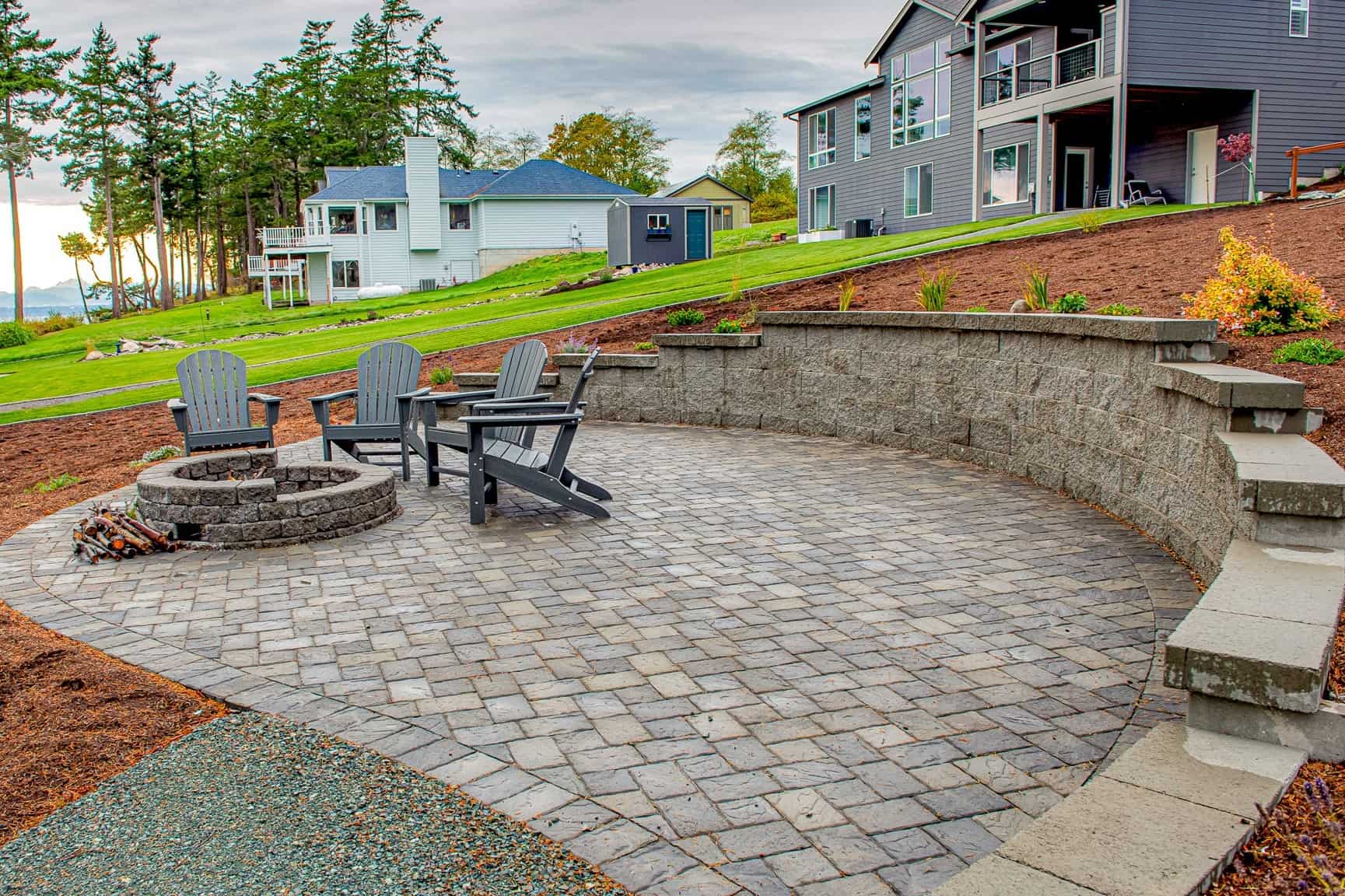
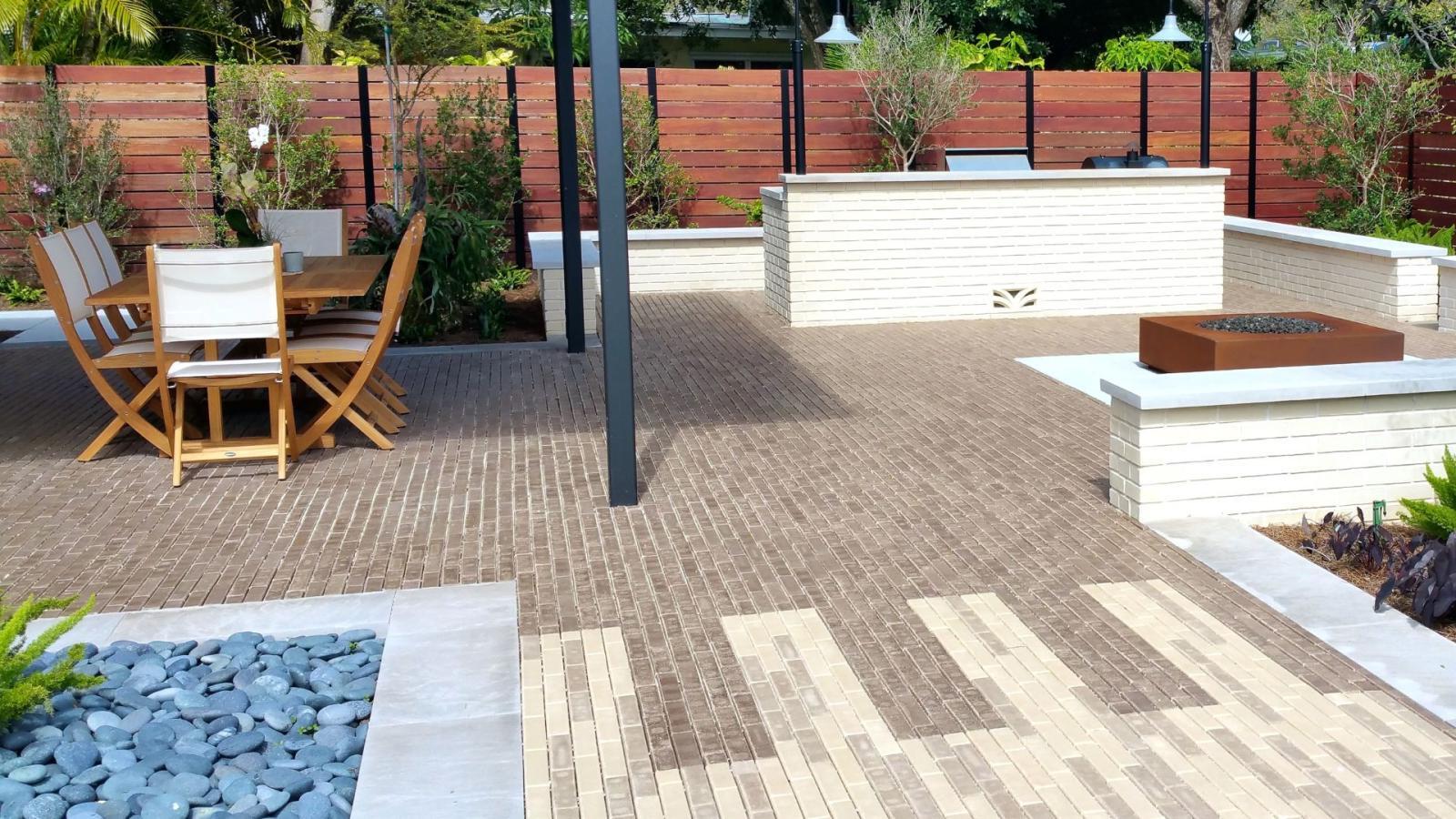
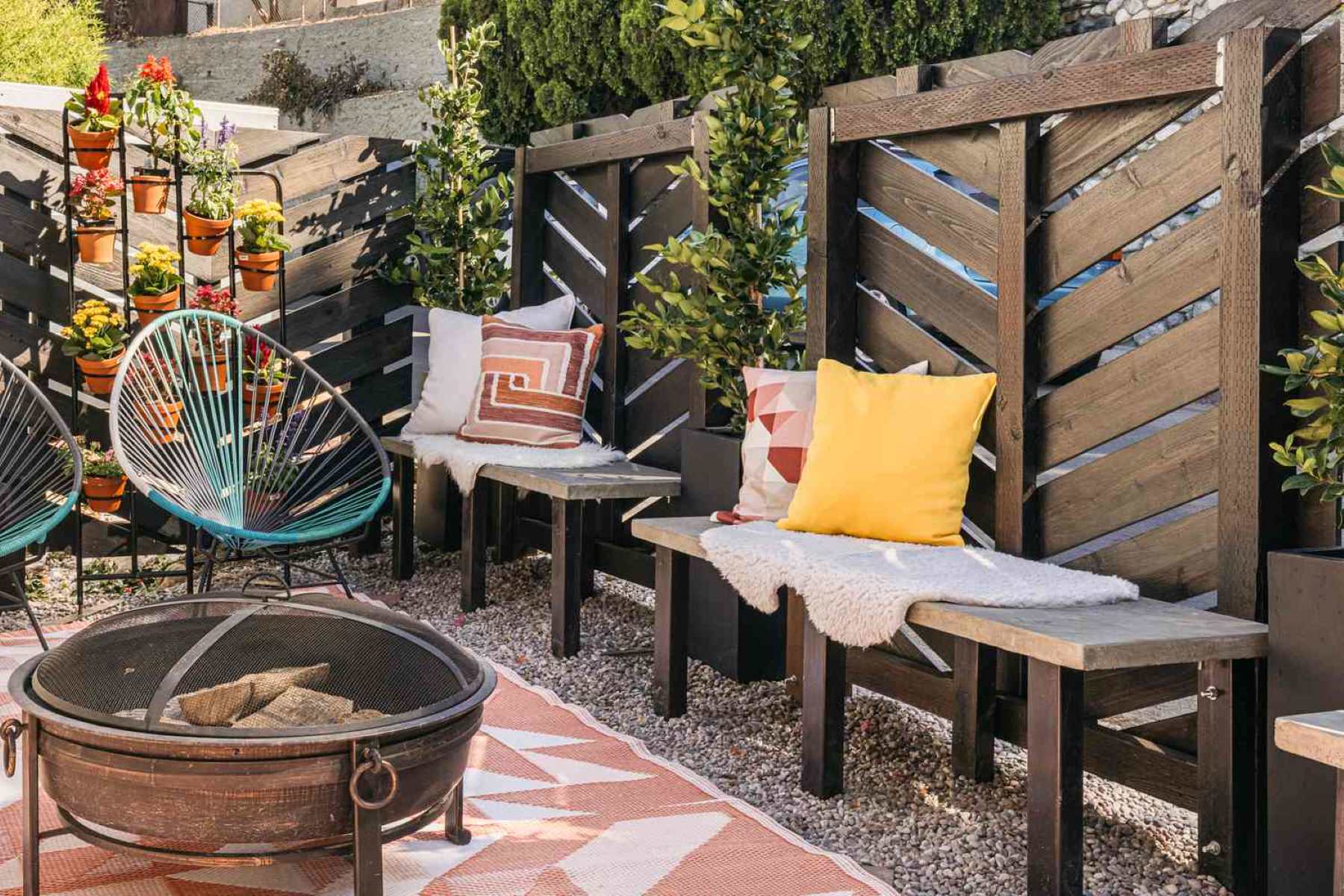
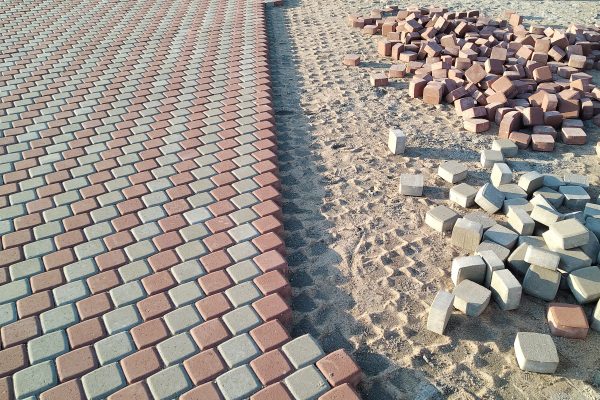
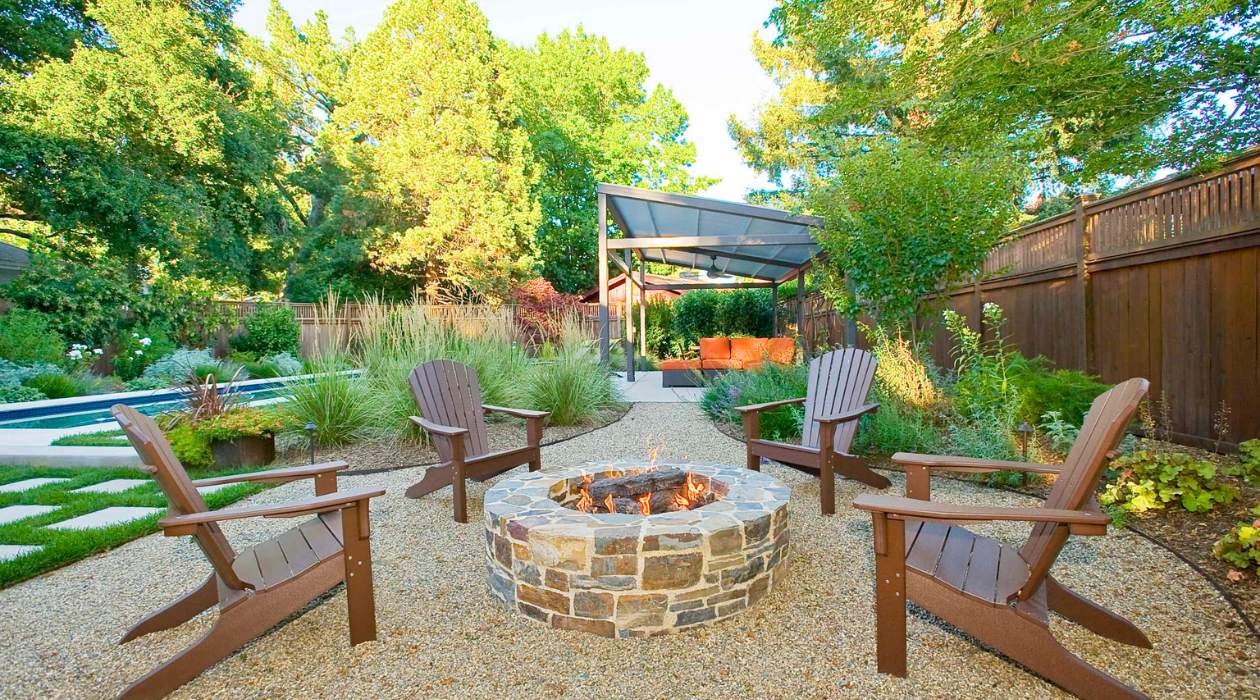
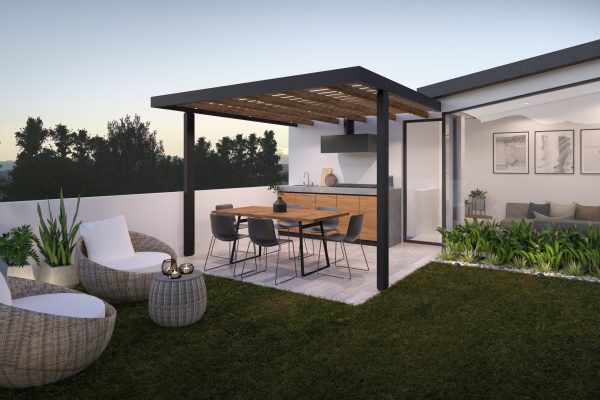
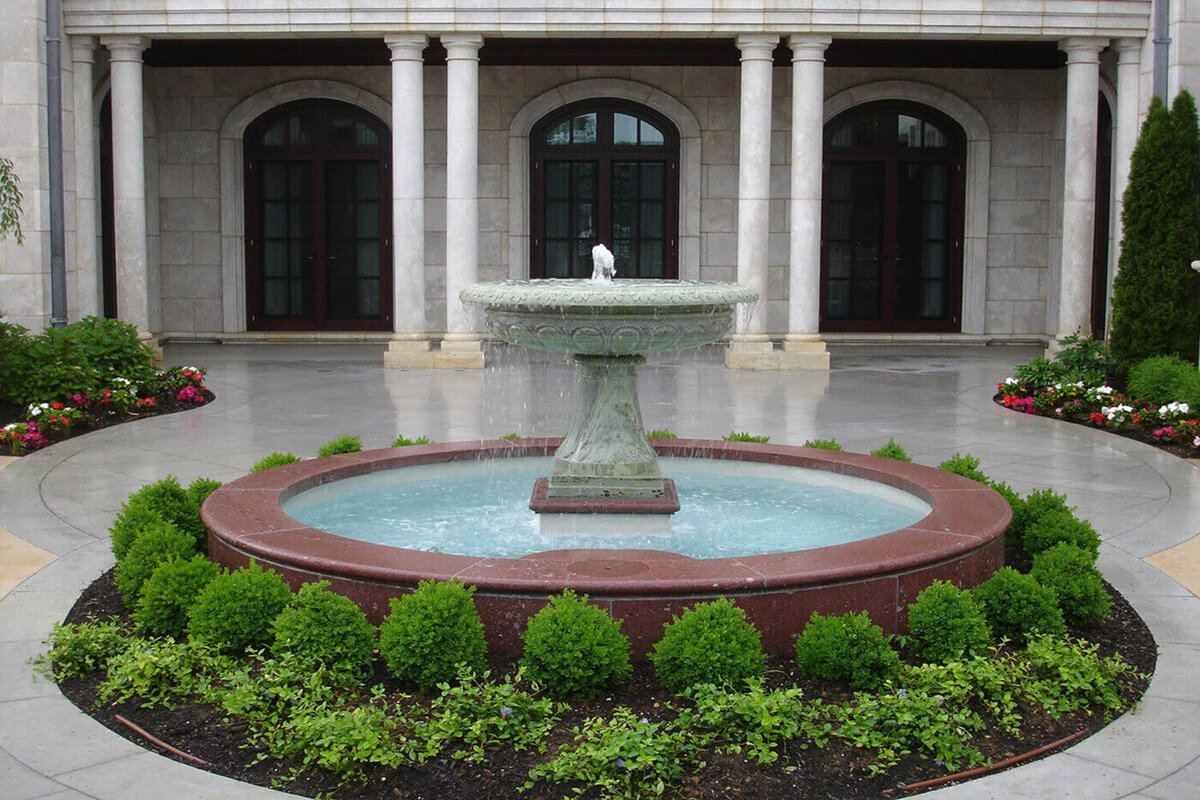

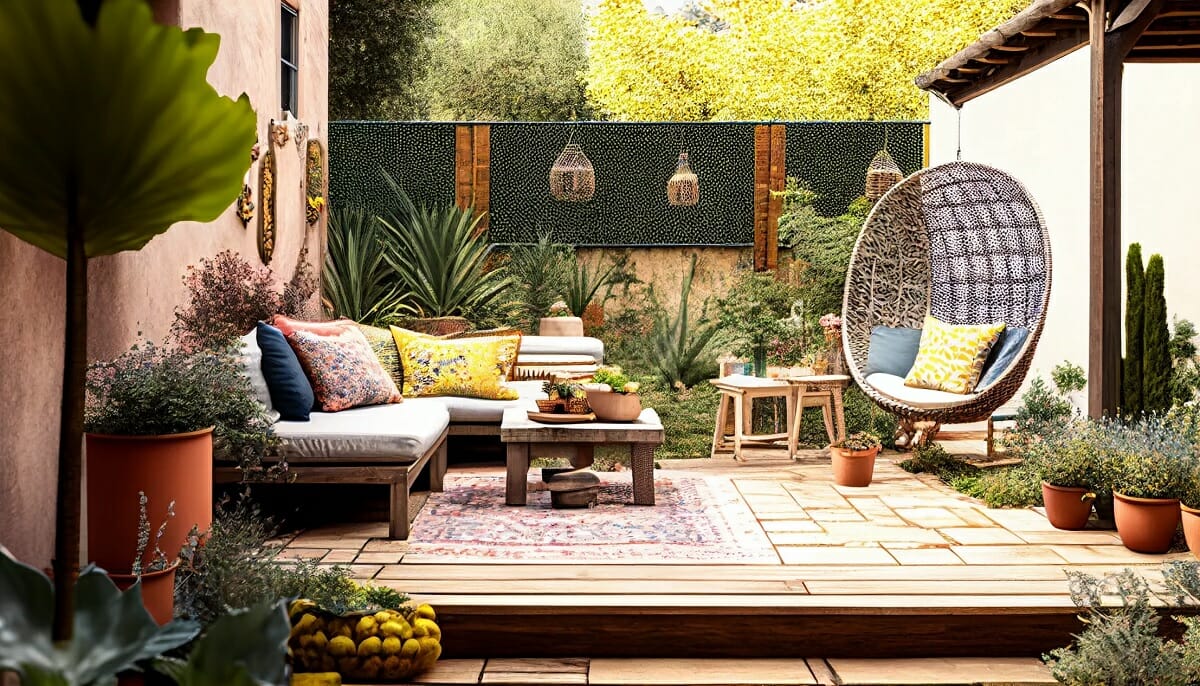
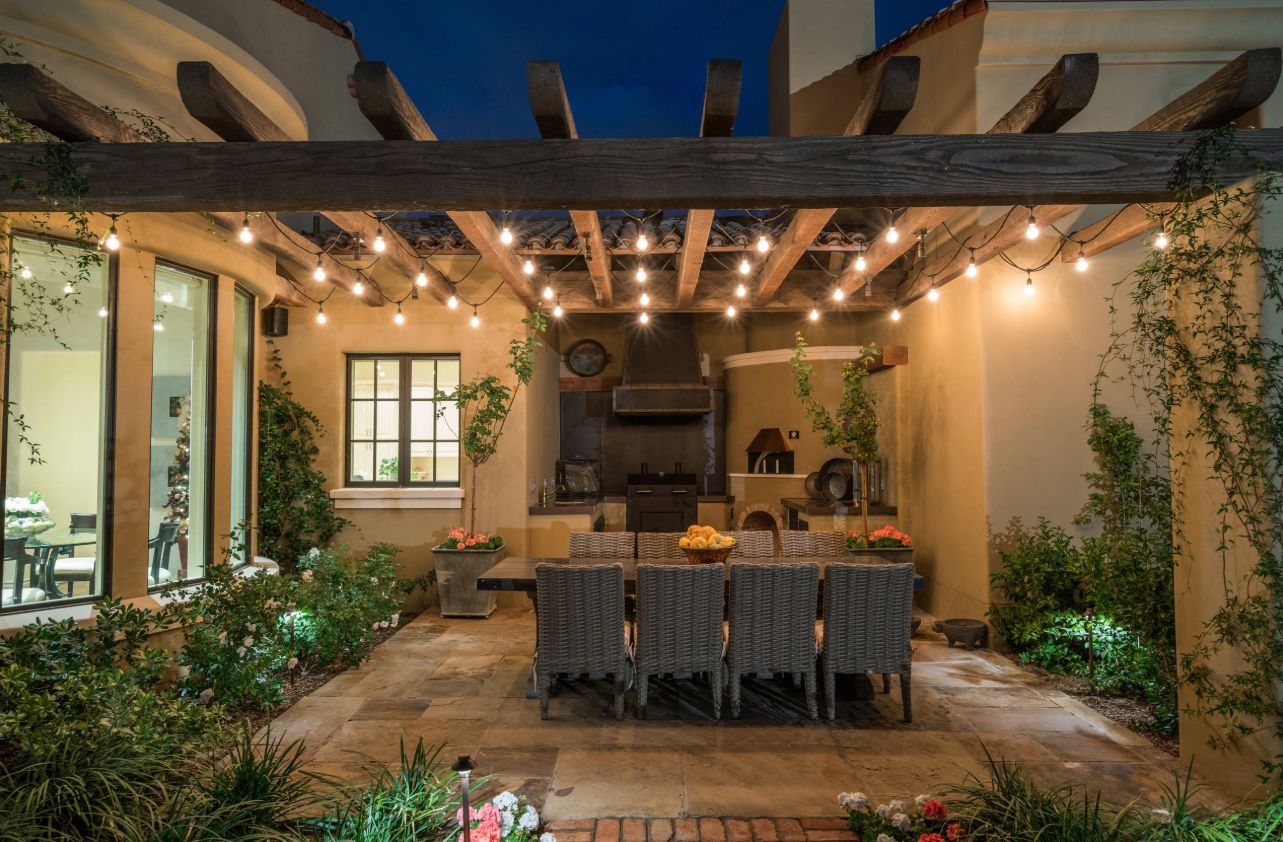
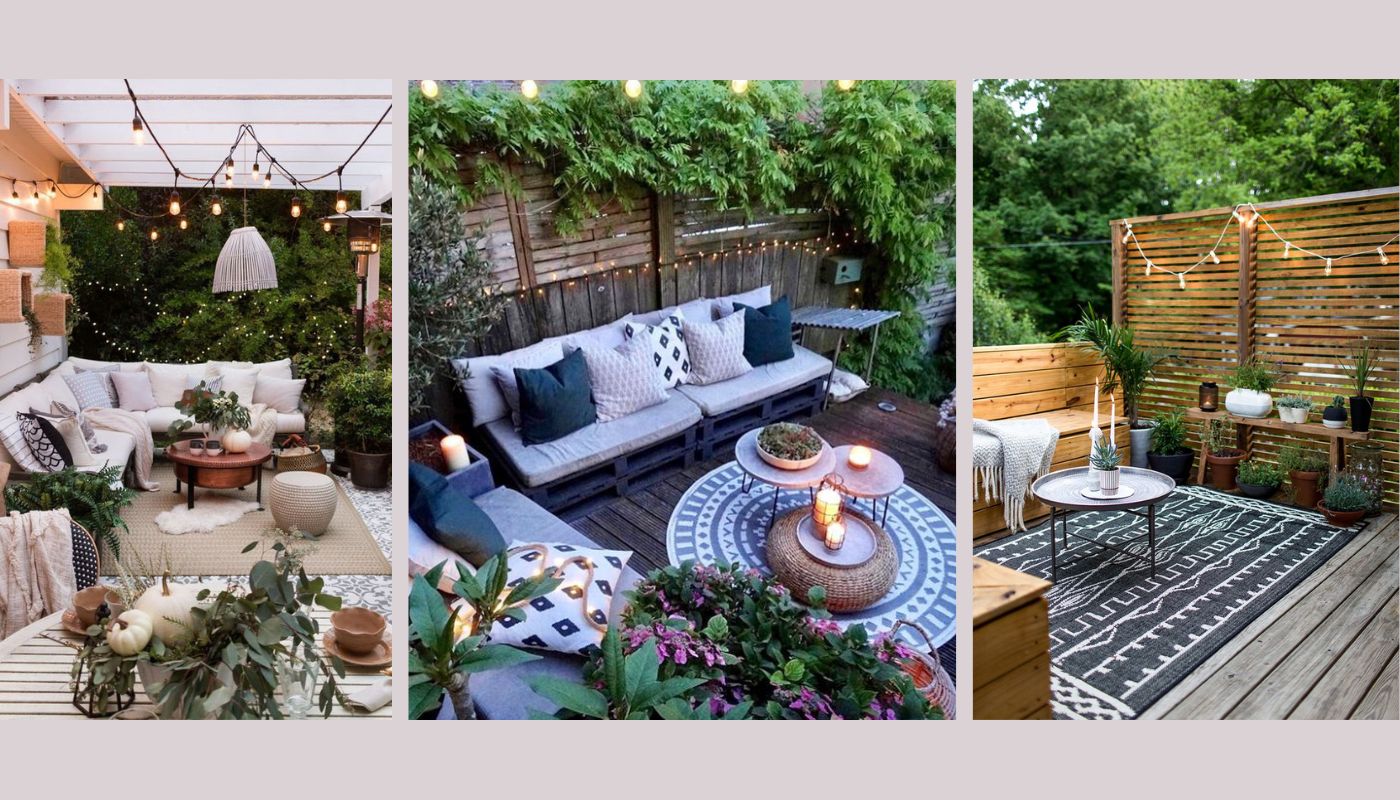
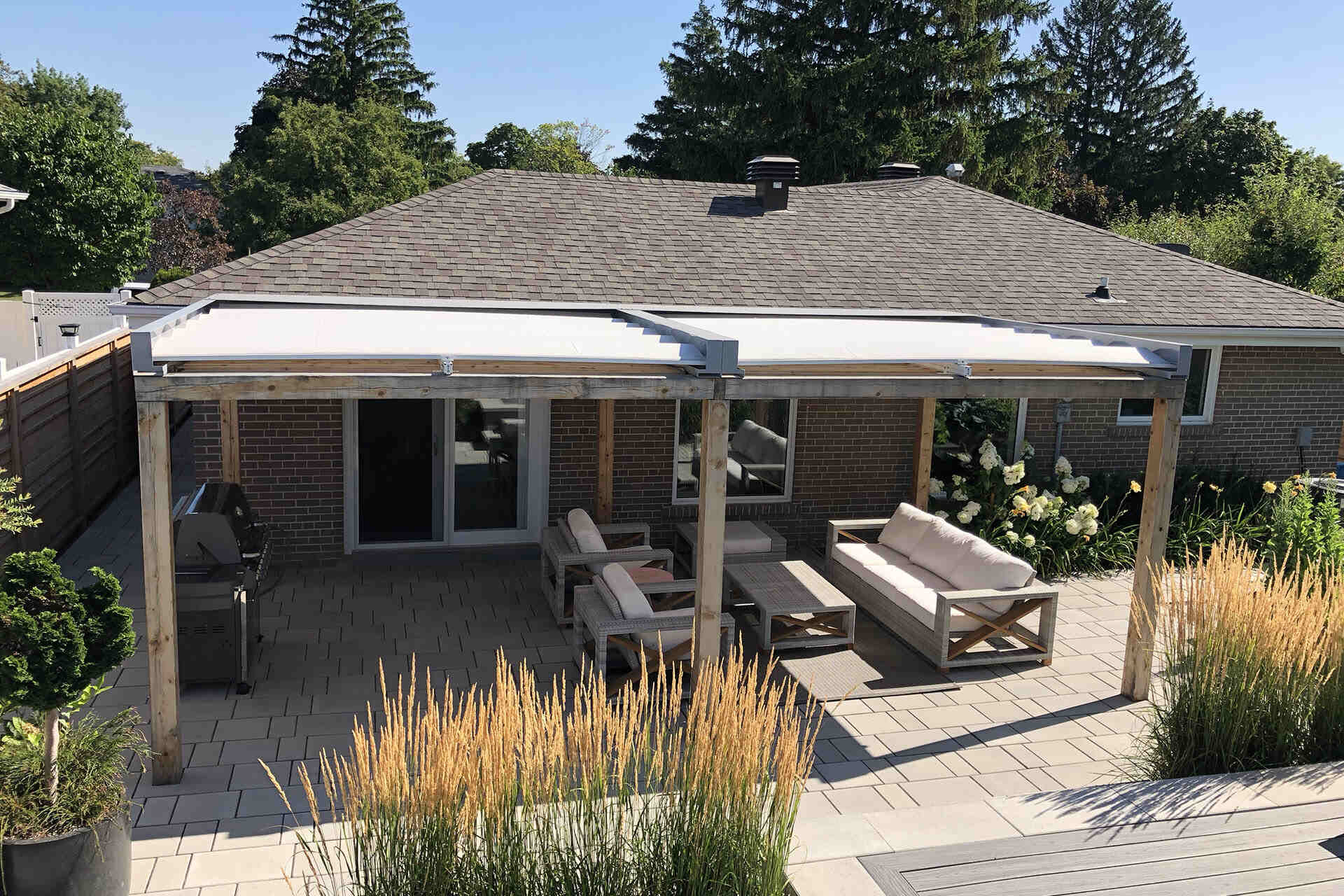
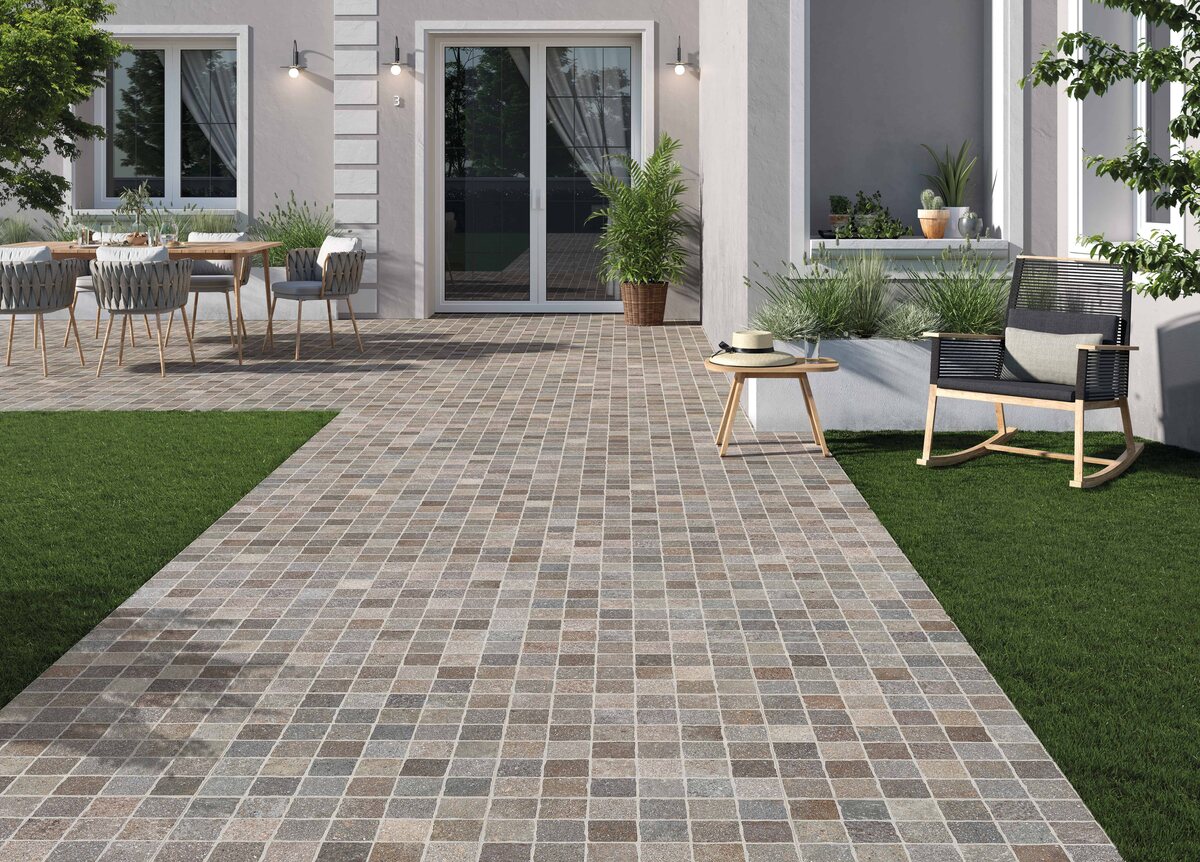

0 thoughts on “How To Design A Patio”